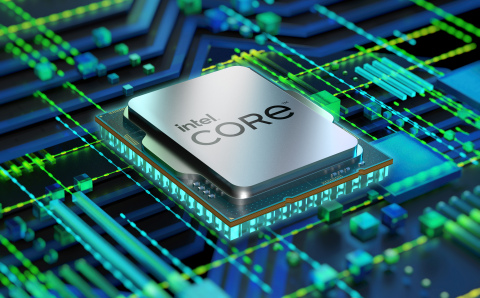By Ajit Manocha, President and CEO of SEMI
I have spent most of my professional life working on microelectronics, particularly semiconductors, in the West. During my career I have worked with many Indians who form a big part of the workforce in this industry. The prospect of a Made in India semiconductor fab has been mooted fleetingly over the decades. Now, for the first time I am confident that India will seize this unique opportunity to become host to a very special and indeed specialised industry.
It isn’t easy for any country to create the conditions for fabs, whether semiconductor or display. It is no surprise that so few countries in the world have semiconductor fabs; and even fewer make display fabs. The technologies involved are complex, constantly evolve and are closely guarded. It is a highly capital intensive industry. Its success depends on producing large volumes, not big margins.
It requires a reliable supply chain with easy access to inputs. For these reasons, among others, the barriers to entry in this industry are high.
Windows of opportunity open only occasionally and require a confluence of the stars or at least favourable circumstances. We are facing one such window now. The last country which made a late entry and huge success of semiconductor fab and display fab is China. It followed the US, Japan, Western Europe and parts of East Asia like Korea and Taiwan. The reason there is an opening for another country is because more than 60% of global production of semiconductors sits in Taiwan, South Korea and China all of which face geopolitical headwinds. For the sake of security of supply of something so fundamental to the world today – semiconductors are a part of practically everything we use in our daily lives from cars to phones to laptops to televisions – a diversification is imperative. India is uniquely positioned not just because it is large potential market by itself but because its foundational values are around openness, democracy and free enterprise. It will always be a partner to the world, not a threat.
At SEMI, the industry association representing the global electronics design and manufacturing supply chain, we view strong government support as the one thing common to each country which has made a successful foray into semiconductor fab and display fab. It requires subsidies for capex. It requires reliable and affordable supply of power and water. It requires a big tract of land, not just for the anchor manufacturing unit but for the supporting ecosystem. In previous attempts in India, we fell short on these. However, under the leadership of PM Modi the current Government has come out with a very progressive policy supported by various state government policies all of which have recognised the quantum of support required for projects such as this to take off. As an advisory member of the Government’s Indian Semiconductor Mission, I have witnessed close hand the Government’s proactive efforts at policymaking which are truly admirable.
The challenge now is to get projects off the ground, and I am pleased to see that there are serious applicants Vedanta-Foxconn and Tata, among others, potentially in the fray. Once we get one or two projects going there will be momentum for the whole ecosystem. From my long experience, what excites me the most is not just the setting up of a fab or two or three but where these would lead us.
The best and most famous example of a complete ecosystem is Silicon Valley which may now be more famous for high-end tech products but began its journey via the humble chip. In China’s Shenzen, which was once the hub of traditional manufacturing, it is the semiconductor ecosystem which shines. Taiwan Sensitivity: Public (C4) has built its entire economy, an island of prosperity, around electronics and houses the world’s largest semiconductor maker, TSMC.
There are so many linkages and multipliers in setting up a fab. There is the immediate ecosystem of providing inputs, including critical gasses, to the fab making process. Hundreds of suppliers will set up their factories around the anchor fab. Then there are endless possibilities upstream and downstream. India already has experience of semiconductor design. This will grow manifold if fabs are made in India. Eventually, upstream, I see no reason why India cannot have its own globally recognized electronics makers. Downstream, India has already seen much success in assembling mobile phones but it can scale up further and also become a global hub for manufacture of other electronic devices. Because of the strong linkages of a fab, the multiplier effect to India’s economy will be at least 20x. It could change the growth trajectory of several states and indeed the country.
For once, geopolitics, domestic politics and private sector capacity are aligned in India’s favour.
The overall semiconductor industry is poised to double to over U.S. $1 trillion around 2030, and I am pleased to see India moving swiftly to take the opportunity with both hands to maximize its share of this prosperity.
https://www.financialexpress.com/opinion/maximizing-indias-semiconductor-success/3001164/





